Time:2025-07-12
The Digital Transformation of Bar Lighting
In the contemporary hospitality landscape, smart app-controlled neon bar lighting systems have emerged as a game-changing innovation, redefining how venues manage ambiance, engage customers, and streamline operations. These advanced systems leverage the power of mobile applications, wireless connectivity, and intelligent lighting technology to offer unprecedented control over neon lighting setups. From adjusting brightness and colors on-the-fly to synchronizing lighting with music or events, smart app-controlled systems provide bar owners and managers with a versatile toolkit to create dynamic, immersive experiences. This article delves into the technical underpinnings, key features, practical applications, and strategic benefits of these cutting-edge lighting solutions, serving as a comprehensive guide for industry professionals aiming to elevate their bar’s appeal and functionality.
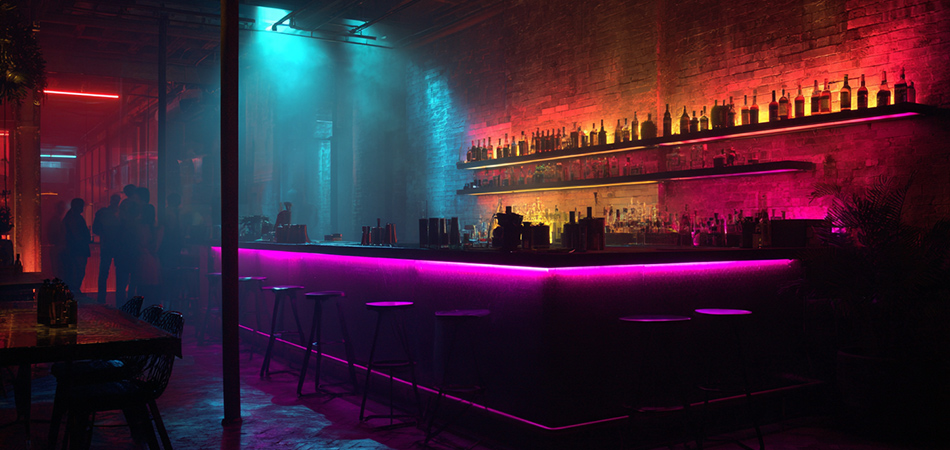
Technical Foundations: How Smart App-Controlled Systems Work
Connectivity and Communication Protocols
Bluetooth and Wi-Fi Integration: The backbone of smart neon bar lighting systems lies in their connectivity options. Bluetooth technology enables direct, short-range communication between mobile devices and lighting controllers, making it ideal for smaller venues or quick, on-site adjustments. Wi-Fi, on the other hand, offers broader coverage and remote access capabilities, allowing bar owners to manage lighting setups from anywhere with an internet connection. This flexibility ensures seamless integration with existing venue infrastructure and mobile devices.
Mesh Networks: In larger bars or complex setups, mesh network technology plays a crucial role. It creates a self-healing network of interconnected lighting nodes, ensuring reliable communication even if one connection fails. This technology is essential for maintaining consistent lighting control across multiple zones or large-scale installations.
Lighting Control Hardware
Smart Lighting Controllers: These devices act as the central hub for managing neon lighting systems. They receive commands from the mobile app and translate them into specific lighting actions, such as adjusting brightness, changing colors, or activating pre-set lighting scenes. Modern controllers are designed to be compact, energy-efficient, and compatible with a wide range of neon lighting fixtures.
Dimmable Drivers and Power Supplies: To achieve precise control over neon lighting, smart systems incorporate dimmable drivers and power supplies. These components work in tandem with the lighting controllers to modulate the electrical current supplied to the neon lights, enabling smooth and gradual changes in brightness without compromising color quality or light output.
Mobile App Interfaces
User-Friendly Design: Smart lighting apps are engineered with intuitive interfaces that cater to both tech-savvy users and those with minimal technical knowledge. Features such as drag-and-drop controls, color pickers, and pre-set scene buttons make it easy for bar staff to quickly adjust lighting settings. Visual representations of the bar layout within the app allow users to target specific lighting zones with precision.
Customization and Programming: Advanced apps offer extensive customization options, allowing bar owners to create unique lighting sequences, color gradients, and transition effects. Users can program complex lighting scenarios for different times of the day, special events, or promotional campaigns. Some apps even support integration with third-party software, such as music streaming services or event management platforms, for enhanced synchronization capabilities.
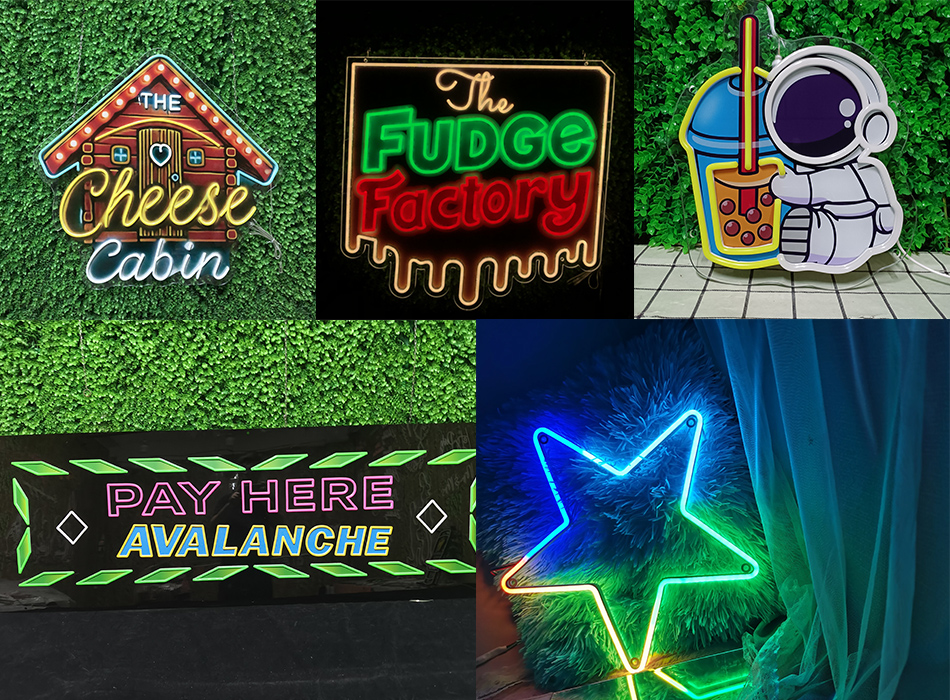
Key Features and Capabilities
Dynamic Lighting Effects
Color Changing and Gradients: One of the most prominent features of smart app-controlled systems is the ability to produce a vast spectrum of colors. From vibrant, attention-grabbing hues to subtle, mood-enhancing tones, bars can effortlessly switch between colors or create smooth color gradients to match the desired ambiance. This feature is particularly effective for theme nights, holidays, or to highlight special promotions.
Pulsing, Fading, and Strobing Effects: To add an extra layer of excitement and energy, these systems can generate a variety of dynamic lighting effects. Pulsing lights can be synchronized with the beat of the music, while fading effects create a soft, gradual transition between different lighting states. Strobing effects, when used sparingly, can draw attention to key areas of the bar or during live performances.
Scene and Schedule Management
Pre-Set Scenes: Smart apps allow users to save and recall pre-configured lighting scenes with a single tap. For example, a “Daytime” scene can feature bright, natural lighting to create a welcoming atmosphere, while a “Nighttime” scene can shift to dim, warm hues for a more intimate setting. These pre-set scenes eliminate the need for manual adjustments and ensure consistent ambiance throughout the day.
Scheduled Lighting Changes: Bars can program lighting systems to automatically change at specific times or intervals. This feature is useful for optimizing energy consumption by dimming lights during off-peak hours or for creating a seamless transition from day to night operations. Additionally, scheduled lighting changes can be synchronized with events, such as happy hours or live music performances, to enhance the overall experience.
Energy Management and Efficiency
Remote Monitoring and Control: With smart app-controlled systems, bar owners can monitor and manage lighting usage remotely. This includes the ability to turn off lights in unoccupied areas, adjust brightness levels based on natural light availability, or receive alerts if a lighting fixture malfunctions. By having real-time visibility into lighting operations, venues can significantly reduce energy waste and lower utility costs.
Energy-Efficient Modes: Many systems offer energy-saving modes that automatically adjust lighting settings to minimize power consumption without sacrificing visual appeal. For instance, during slow periods, the system can dim lights to a low level while still maintaining sufficient illumination for safety and ambiance.
Integration with Other Systems
Audio-Visual Synchronization: Smart lighting systems can be integrated with sound systems to create a synchronized audio-visual experience. Lights can flash, change colors, or pulse in time with the music, enhancing the energy and atmosphere of the bar. This integration is especially popular in nightclubs, live music venues, and bars that host DJ sets or other performances.
Point-of-Sale (POS) and Marketing Integration: Some advanced systems can be linked with a bar’s POS system or marketing platforms. For example, when a customer makes a purchase of a featured drink, the lighting in the relevant area of the bar can change to highlight the promotion. This integration helps boost sales and reinforces marketing efforts by creating a more engaging and interactive environment.
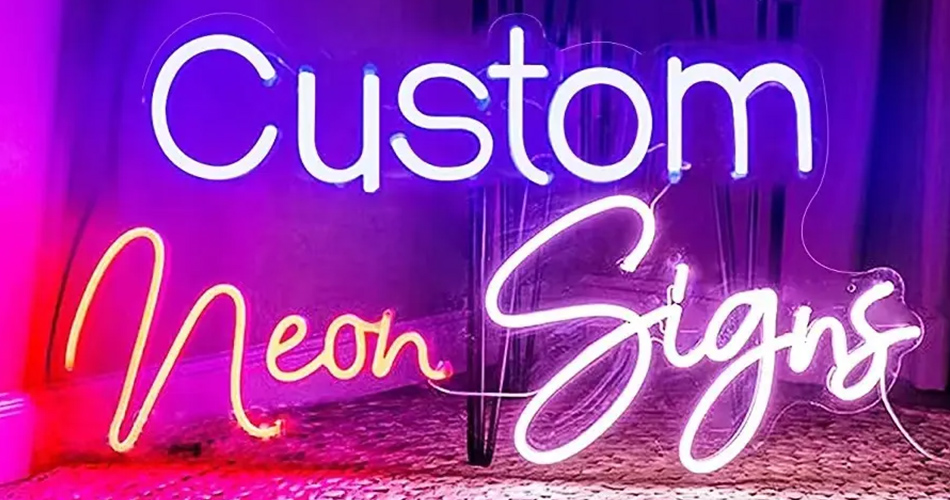
Practical Applications in Bars and Nightclubs
Interior Ambiance Enhancement
Zone-Based Lighting Control: Bars can divide their interior spaces into different zones, each with its own lighting settings. For example, the main seating area can have a warm, inviting glow, while the dance floor can feature vibrant, dynamic lighting. With smart apps, bar staff can easily adjust the lighting in each zone independently, creating distinct atmospheres for different activities and customer preferences.
Table-Side Lighting: To enhance the dining or drinking experience, smart lighting can be installed at individual tables. Customers can use a dedicated app or a provided tablet to customize the lighting at their table, choosing from a range of colors or brightness levels to suit their mood. This personalized touch adds a unique and memorable element to the bar experience.
Outdoor and Patio Areas
Weather-Responsive Lighting: For bars with outdoor seating or patios, smart lighting systems can be programmed to respond to weather conditions. In case of rain or strong winds, the lights can automatically dim or turn off to prevent damage. Conversely, during clear evenings, the lighting can be adjusted to create a cozy and inviting outdoor ambiance, extending the usability of the outdoor space.
Event and Party Lighting: Outdoor events, such as beer gardens or rooftop parties, can benefit greatly from smart app-controlled lighting. The system can be set up to create a festive atmosphere with colorful, changing lights that synchronize with the music or event theme. Bar owners can also use the app to manage lighting for private events, ensuring a customized and professional look for each occasion.
Branding and Promotion
Logo and Signage Lighting: Smart lighting can be used to illuminate bar logos, signs, and other branding elements in unique and eye-catching ways. By changing the color or lighting effects of these branded areas, bars can draw attention to their brand identity and create a memorable visual impact. For example, during a special promotion, the logo lighting can be set to a specific color associated with the campaign.
Product and Menu Highlights: To showcase featured drinks, food items, or promotions, smart lighting can be strategically placed around menu boards, drink displays, or product showcases. The lighting can be programmed to flash or change colors to highlight these items, increasing visibility and driving customer interest.
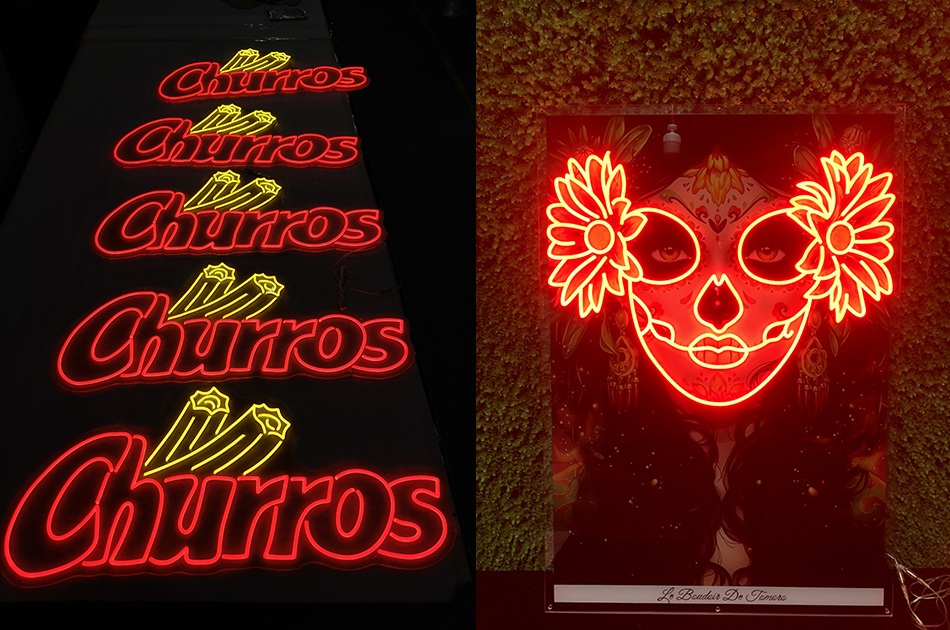
Installation and Setup Considerations
Planning and Design
Lighting Layout Assessment: Before installation, it’s crucial to assess the bar’s layout and determine the optimal placement of neon lighting fixtures. Factors such as the size of the space, the location of key areas (e.g., the bar counter, dance floor, seating zones), and the desired lighting effects all need to be considered. A well-thought-out lighting layout ensures even coverage and maximizes the impact of the smart lighting system.
Power and Connectivity Requirements: Understanding the power and connectivity needs of the smart lighting system is essential. This includes ensuring that there are sufficient electrical outlets and circuits to support the lighting fixtures and controllers, as well as a reliable Wi-Fi or Bluetooth network for seamless app integration. In some cases, additional network infrastructure may need to be installed to ensure strong and stable connectivity throughout the venue.
Equipment Installation
Fixture Mounting: Neon lighting fixtures should be installed securely using appropriate mounting hardware. For indoor installations, fixtures can be mounted on walls, ceilings, or suspended from the ceiling using cables or chains. Outdoor fixtures require weatherproof mounting solutions to withstand the elements. Care should be taken to ensure that the fixtures are positioned at the right height and angle for optimal lighting.
Controller and Wiring Setup: Smart lighting controllers should be installed in a central, accessible location. Wiring should be carefully routed and concealed to maintain a clean and professional appearance. All connections should be properly insulated and secured to prevent electrical hazards. It’s advisable to have a professional electrician handle the installation of electrical components to ensure compliance with safety codes.
App Configuration and Training
System Pairing and Calibration: Once the hardware is installed, the next step is to pair the smart lighting system with the mobile app. This involves following the manufacturer’s instructions to connect the controllers to the app and calibrating the lighting settings for optimal performance. It’s important to test all functions, including color changes, brightness adjustments, and scene activation, to ensure that the system is working correctly.
Staff Training: To fully utilize the capabilities of the smart lighting system, bar staff should receive comprehensive training on how to use the mobile app. This includes learning how to adjust lighting settings, create and save scenes, and troubleshoot common issues. Well-trained staff can effectively manage the lighting system to enhance the customer experience and support the bar’s operations.
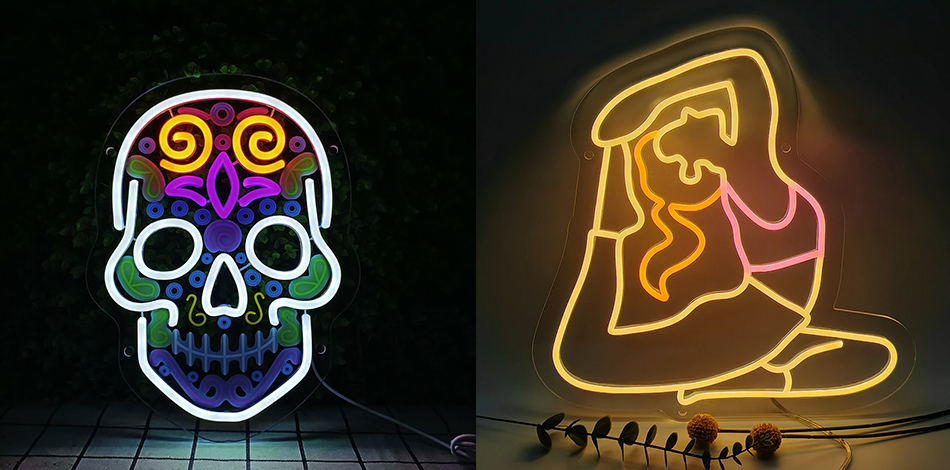
Maintenance and Troubleshooting
Regular Maintenance
Fixture Cleaning: Over time, dust and debris can accumulate on neon lighting fixtures, affecting their brightness and appearance. Regular cleaning with a soft, dry cloth or a gentle cleaning solution is recommended to keep the fixtures looking their best. Avoid using abrasive materials or harsh chemicals that could damage the fixtures or their protective coatings.
System Updates: Smart lighting systems often receive software updates to improve performance, add new features, or address security vulnerabilities. Bar owners should regularly check for updates and install them as recommended by the manufacturer. Keeping the system up-to-date ensures optimal functionality and compatibility with the latest mobile devices and operating systems.
Troubleshooting Common Issues
Connectivity Problems: If the mobile app is unable to connect to the lighting system, check the Wi-Fi or Bluetooth connection on your device. Ensure that the controllers are powered on and within range. If the problem persists, try resetting the controllers or restarting your mobile device.
Lighting Malfunctions: In case of inconsistent lighting, flickering, or failure to respond to app commands, check the wiring connections, power supply, and lighting fixtures. Loose connections or faulty components may need to be tightened or replaced. Refer to the manufacturer’s troubleshooting guide for specific instructions on diagnosing and resolving issues.
Key Considerations When Selecting a Smart App-Controlled System
Compatibility and Integration
Device and Platform Compatibility: Ensure that the smart lighting system is compatible with your existing mobile devices (e.g., smartphones, tablets) and operating systems (iOS, Android). Additionally, check if the system can integrate with other technologies used in your bar, such as sound systems, POS systems, or security cameras.
Scalability: Consider the future growth and expansion of your bar when choosing a lighting system. Opt for a system that is scalable and can accommodate additional lighting fixtures or zones as needed. This flexibility allows you to adapt the lighting setup to changing business requirements without having to replace the entire system.
User Experience and Ease of Use
App Interface Design: Evaluate the user interface of the mobile app to ensure it is intuitive, easy to navigate, and visually appealing. A well-designed app will make it easier for your staff to manage the lighting system, reducing the learning curve and minimizing the risk of errors.
Customer Interaction Features: If you plan to offer customers the ability to interact with the lighting system, look for apps that offer user-friendly features such as customizable table-side lighting controls or interactive lighting experiences. These features can enhance the customer experience and set your bar apart from competitors.
Security and Data Privacy
Data Encryption: Since smart lighting systems communicate wirelessly, it’s important to choose a system that uses robust data encryption to protect your bar’s network and customer data. Look for systems that comply with industry-standard security protocols to ensure the privacy and security of your information.
Remote Access Controls: If you plan to use the remote access capabilities of the system, implement strict access controls to prevent unauthorized access to the lighting system. This may include setting up user accounts with different levels of permissions and using two-factor authentication for added security.
Cost and Return on Investment
Initial Investment: Consider the upfront cost of the smart lighting system, including the purchase of lighting fixtures, controllers, and the mobile app. Compare prices from different manufacturers and suppliers to find a system that fits your budget without compromising on quality or functionality.
Long-Term Savings and Benefits: While smart lighting systems may require a significant initial investment, they can offer long-term savings through energy efficiency, reduced maintenance costs, and increased customer engagement. Calculate the potential return on investment by estimating the savings in energy bills, the impact on customer satisfaction and repeat business, and the ability to generate additional revenue through enhanced promotions and events.
Future Trends and Innovations
Artificial Intelligence and Machine Learning Integration
Predictive Lighting: In the future, smart lighting systems may incorporate artificial intelligence (AI) and machine learning algorithms to predict customer behavior and preferences. Based on factors such as time of day, day of the week, or customer demographics, the system could automatically adjust the lighting to create the most appealing and engaging atmosphere.
Adaptive Lighting: AI-driven systems could also adapt the lighting in real-time based on the mood and energy of the bar. For example, if the crowd is getting more energetic, the lighting could automatically intensify to match the atmosphere, enhancing the overall experience for customers.
Augmented Reality (AR) and Virtual Reality (VR) Experiences
AR-Powered Lighting Interactions: As AR technology becomes more prevalent, smart lighting systems may offer AR-powered experiences for customers. For instance, customers could use their mobile devices to scan the bar’s lighting and unlock interactive AR content, such as virtual drink menus, 3D animations, or exclusive promotions.
VR Integration for Event Design: In the context of event planning, VR technology could be used to visualize and design custom lighting setups before implementation. Event organizers could use VR headsets to explore different lighting scenarios and make adjustments in real-time, ensuring a perfect match with the event theme and atmosphere.
Energy Harvesting and Sustainable Solutions
Solar-Powered Lighting: With the growing focus on sustainability, smart lighting systems may increasingly incorporate solar-powered components. Solar panels could be used to charge the lighting controllers or power the neon fixtures directly, reducing the bar’s reliance on the electrical grid and minimizing its environmental impact.
Energy-Harvesting Technologies: Other emerging technologies, such as kinetic energy harvesting (e.g., using the movement of customers or staff to generate power) or ambient energy harvesting (e.g., capturing energy from radio waves or heat), could also be integrated into smart lighting systems to further enhance their energy efficiency and sustainability.
Conclusion
Smart app-controlled neon bar lighting systems represent a significant leap forward in the evolution of bar lighting technology. By combining advanced connectivity, intuitive mobile apps, and intelligent lighting control, these systems offer bar owners and managers unparalleled flexibility, creativity, and efficiency in managing their venue’s ambiance. From enhancing the customer experience and driving sales to reducing energy consumption and streamlining operations, the benefits of these systems are far-reaching. As technology continues to advance, the potential for innovation and growth in this area is immense. Bars that embrace smart app-controlled lighting systems today are not only staying ahead of the competition but also positioning themselves for success in the digital age of hospitality.